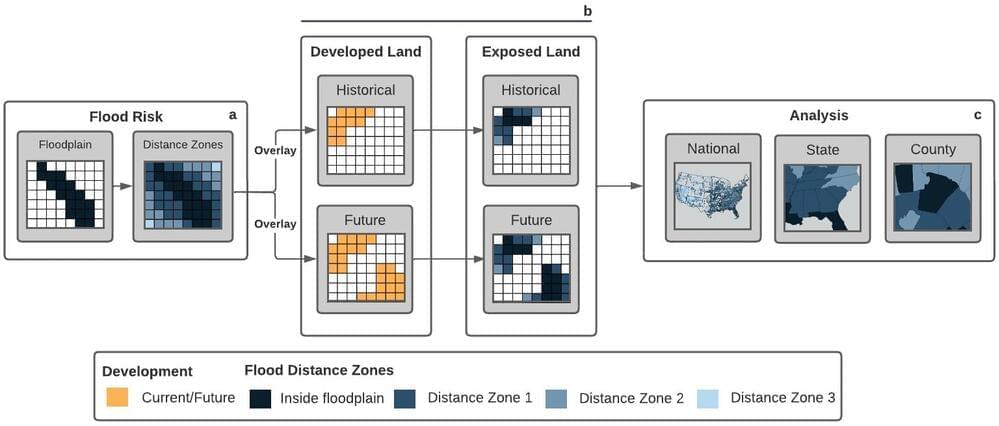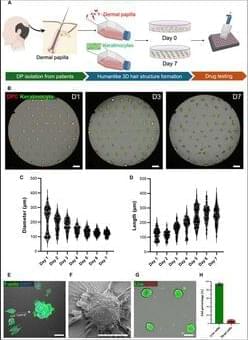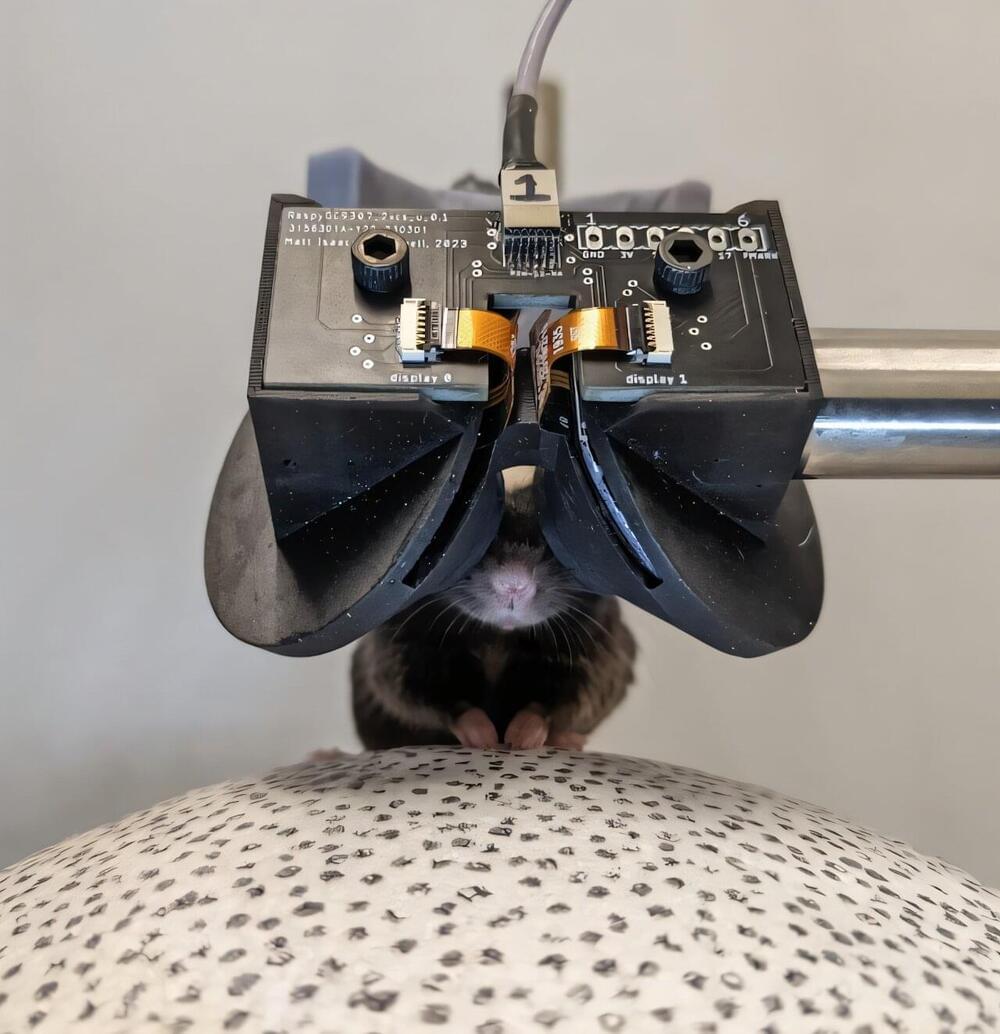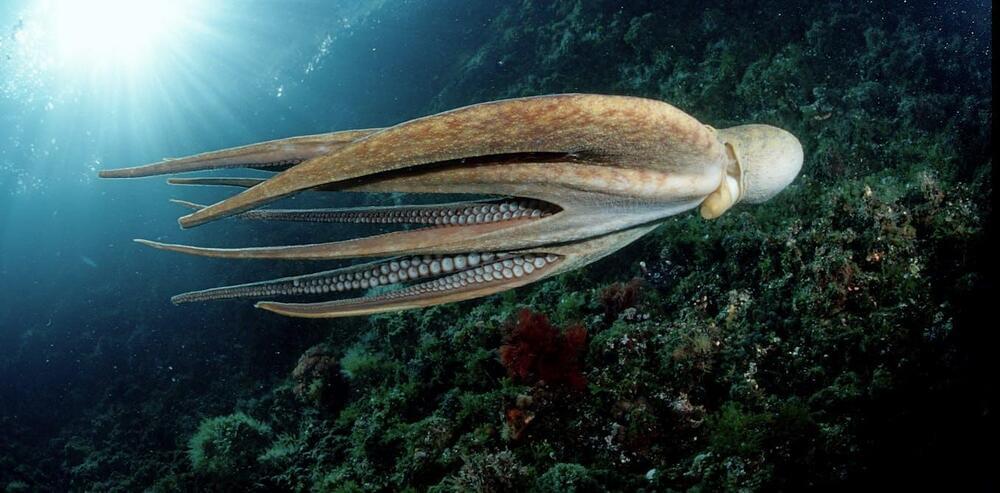Researchers have built an optical clock using an array of trapped ions—an architecture that can be scaled up to boost the clock’s precision.
Category: habitats – Page 7
[](https://youtu.be/SWXgWLv4ndw)Subscribe!
0:00 Bryan Johnson is Anime Villain Orochimaru.
1:54 The Impact of Mormonism.
2:54 The Mission Trip that Changed Everything.
3:45 Training Arc — To Make Millions.
4:08 Falling Apart.
6:34 Slowly Picking Himself Back Up — $300 Million.
7:33 Finding Freedom in Warehouse Party in Brooklyn.
8:51 Finding His New Goal.
9:25 The Blueprint Protocol.
11:36 The True Goal — Super Intelligence.
12:57 Aligning Humanity with ASI
13:38 Building a new religion and becoming God.
15:23 Letting AI Control Our Decisions.
17:00 The First IRL Anime Villain.
18:30 Overall Thoughts.
Credits:
“Aurea Carmina” Kevin MacLeod (incompetech.com)
Licensed under Creative Commons: By Attribution 4.0 License.
http://creativecommons.org/licenses/by/4.0/
“Achilles” Kevin MacLeod (incompetech.com)
Licensed under Creative Commons: By Attribution 4.0 License.
http://creativecommons.org/licenses/by/4.0/
“Dangerous” Kevin MacLeod (incompetech.com)
Licensed under Creative Commons: By Attribution 4.0 License.
http://creativecommons.org/licenses/by/4.0/
“Beauty Flow” Kevin MacLeod (incompetech.com)
Common methods of communicating flood risk may create a false sense of security, leading to increased development in areas threatened by flooding.
This phenomenon, called the “safe development paradox,” is described in a new paper from North Carolina State University. Lead author Georgina Sanchez, a research scholar in NC State’s Center for Geospatial Analytics, said this may be an unintended byproduct of how the Federal Emergency Management Agency classifies areas based on their probability of dangerous flooding.
The findings are published in the journal PLOS ONE.
Researchers have designed a flexible material that could pave the way for the development of adaptable space structures.
Breaking free from your comfort zone and facing challenges head-on can boost your growth, build resilience, and inspire those around you.
Virtual reality headsets like the Meta Quest or Apple Vision Pro will be a Christmas gift in more than one home this year.
Now mice are getting in on the action.
Researchers have developed a set of VR goggles for lab mice for use in brain studies, according to a report published recently in the journal Nature Methods.
Project Hyperion
Posted in habitats, space travel
Project Hyperion explores the feasibility of crewed interstellar travel via generation ships, using current and near-future technologies. A generation ship is a hypothetical spacecraft designed for long-duration interstellar travel, where the journey may take centuries to complete. The objective of the competition is to design the habitat of the generation ship, including its architecture and society.
According to Mark Gurman from Bloomberg, Apple is working on a new smart home doorbell, to compete with the likes of Ring. It’d offer “advanced facial recognition”, and integrate wirelessly with smart home locks.
Considering what’s known about their brain structures, sensory systems and learning capacity, it appears that cephalopods as a group may be similar in intelligence to vertebrates as a group. Since many societies have animal welfare standards for mice, rats, chickens and other vertebrates, logic would suggest that there’s an equal case for regulations enforcing humane treatment of cephalopods.
Such rules generally specify that when a species is held in captivity, its housing conditions should support the animal’s welfare and natural behavior. This view has led some U.S. states to outlaw confined cages for egg-laying hens and crates too narrow for pregnant sows to turn around.
Animal welfare regulations say little about invertebrates, but guidelines for the care and use of captive cephalopods have started to appear over the past decade. In 2010, the European Union required considering ethical issues when using cephalopods for research. And in 2015, AAALAC International, an international accreditation organization for ethical animal research, and the Federation of European Laboratory Animal Science Associations promoted guidelines for the care and use of cephalopods in research. The U.S. National Institutes of Health is currently considering similar guidelines.









